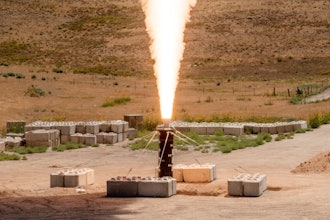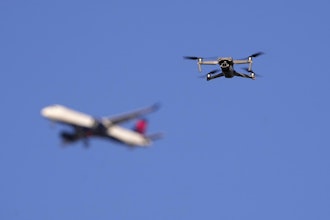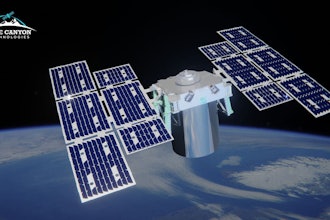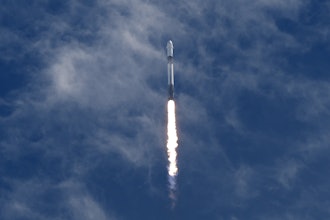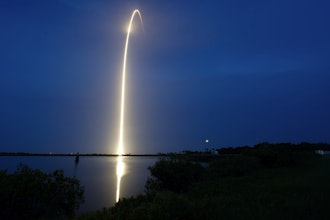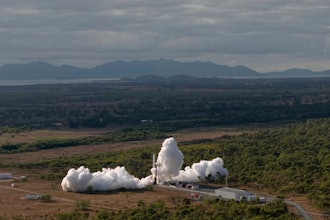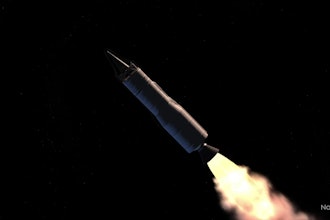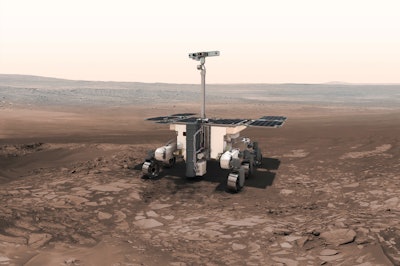
The next mission to Mars involves an ESA and Roscosmos craft currently on its way to the Red Planet, but its planned backup has been delayed. In May, the ESA announced that the second ExoMars mission had been delayed until the next optimal launch window in 2020, due to longer-than-expected work times in the construction of the craft and scientific payload.
The first ExoMars was successfully launched on March 14, 2016, on board a Proton rocket at Baikonur. It is made up of two components, the Trace Gas Orbiter and the Schiaparelli lander, the latter named after the crater in which it is intended to land. The Trace Gas Orbiter will orbit Mars and analyze gases in the atmosphere, including methane. Methane can point to possible geological or biological activity. Trace gas imaging will also help identify the location of underground water-ice, which could be a good indication of landing sites that could be used for future Mars missions.
Meanwhile, the Schiaparelli lander will measure electric fields on Mars and explore how dust storms are created. It is a 1.8 meter high aluminum and carbon fiber reinforced polymer saucer, equipped with three hydrazine thrusters, which will control the speed of descent before shutting down to let the lander free fall for about 2 meters. The shock of the landing is absorbed by a structure designed to crush inward. The landing itself is also a key part of the mission, and a successful landing will provide a springboard for future entry, descent, and landing techniques and technologies.
It is expected to arrive in Mars orbit this October. Once there, it will experience “dust season."
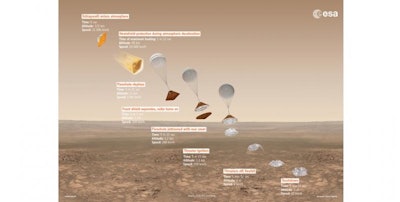 (Image credit: ESA/ATG Medialab)
(Image credit: ESA/ATG Medialab)“Each Martian year, around the same time, atmospheric waves are generated between 40 and 80 degrees north, due to topography and temperature contrasts between the polar cap and the surrounding ice-free plains. The resulting surface winds lift dust and move it south toward the equator, picking up more dust on the way,” said Luca Montabone, a member of the ExoMars team at the Laboratoire de Météorologie Dynamique, Institut Pierre Simon Laplace, in Paris.
The second mission will also include a two-part platform. Composed of a Russian-made surface science platform and a European-made rover, it will work to validate the technology used for orbiting and landing on Mars, thereby opening up more opportunities for scientific exploration at Mars and in other parts of the solar system.
The first orbiter will work as a data relay for the second rover.
ExoMars 2 was originally planned for a 2018 launch window, but ESA Director General Johann-Dietrich Woerner and Roscosmos Director General Igor Komarov announced in May that the date would be shifted.
 (Image credit: ESA)
(Image credit: ESA)“Having assessed the possible ways to ensure successful mission implementation, the JESB (Joint ExoMars Steering Board) concluded that, taking into account the delays in European and Russian industrial activities and deliveries of the scientific payload, a launch in 2020 would be the best solution,” the ESA said.
Russian firm NPO Lavochkin, which is working on the lander, needs to confer with the ESA during every stage of development. One member of the ExoMars team at the ESA’s Directorate of Science and Robotic Exploration said that the timeline has been rearranged in part to streamline the management of the joint project.
The Trace Gas Orbiter and Schiaparelli are expected to enter Mars orbit and land on Oct. 19, 2016.









